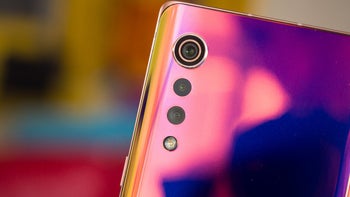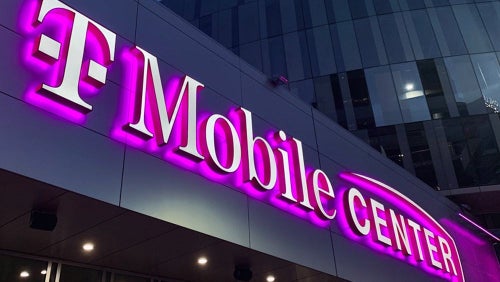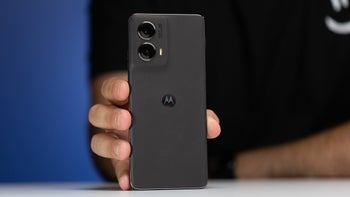T-Mobile pulls off a 5G record with its LG Velvet, the Snapdragon-less mystery

If you have been following our LG Velvet review, you'd know that the T-Mobile version differs from anyone else's in that it is not powered by Qualcomm's upper midrange Snapdragon 765G chipset, but rather Dimensity 1000C, the 5G chipset wonder of MediaTek.
While that may have raised an eyebrow or two, now the Un-carrier's intentions have become clear as it just sent us a press release detailing how MediaTek’s Dimensity 1000C allowed it to combine its own low-band 5G spectrum with the one it bought from Sprint in the mid-bands for the first time.
It all happened on T-Mobile's LG Velvet, but what's in this for you? Well, combined capacity, that's what, both for downloads and uploads resulting in faster and further travelling 5G signal, for starters:
By combining a mid-band downlink with a low-band uplink, the 2.5 GHz 5G signal will travel as far as the base station allows without being limited by the mid-band uplink. Instead, the uplink will travel back to the tower on low-band 5G, which travels farther. That means customers tapping into NR CA will experience faster 5G downloads over 2.5 GHz (which are 7.5x faster than LTE today on average) in more places!
Even in these early days of 5G aggregation, T-Mobile notched 20% faster 5G download speeds on the LG Velvet in a wider signal range, and says things will only get better with time. Where does that leave the Snapdragon-equipped phone models?
Well, Qualcomm better step up its game, and introduce a chipset tailored to the T-Mobile spectrum realities, just as they do for Verizon's mmWave 5G network with the exclusive UW phone models. Talk about 5G fragmentation, and the process haven't even started in its earnest.










Things that are NOT allowed: